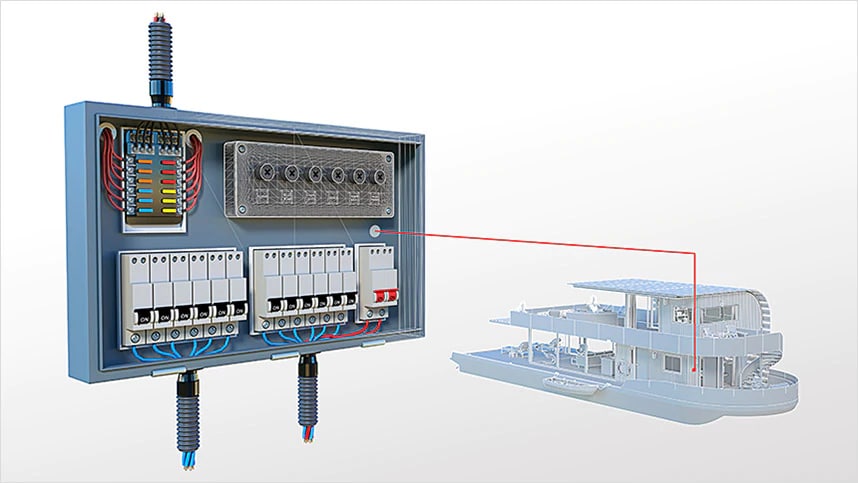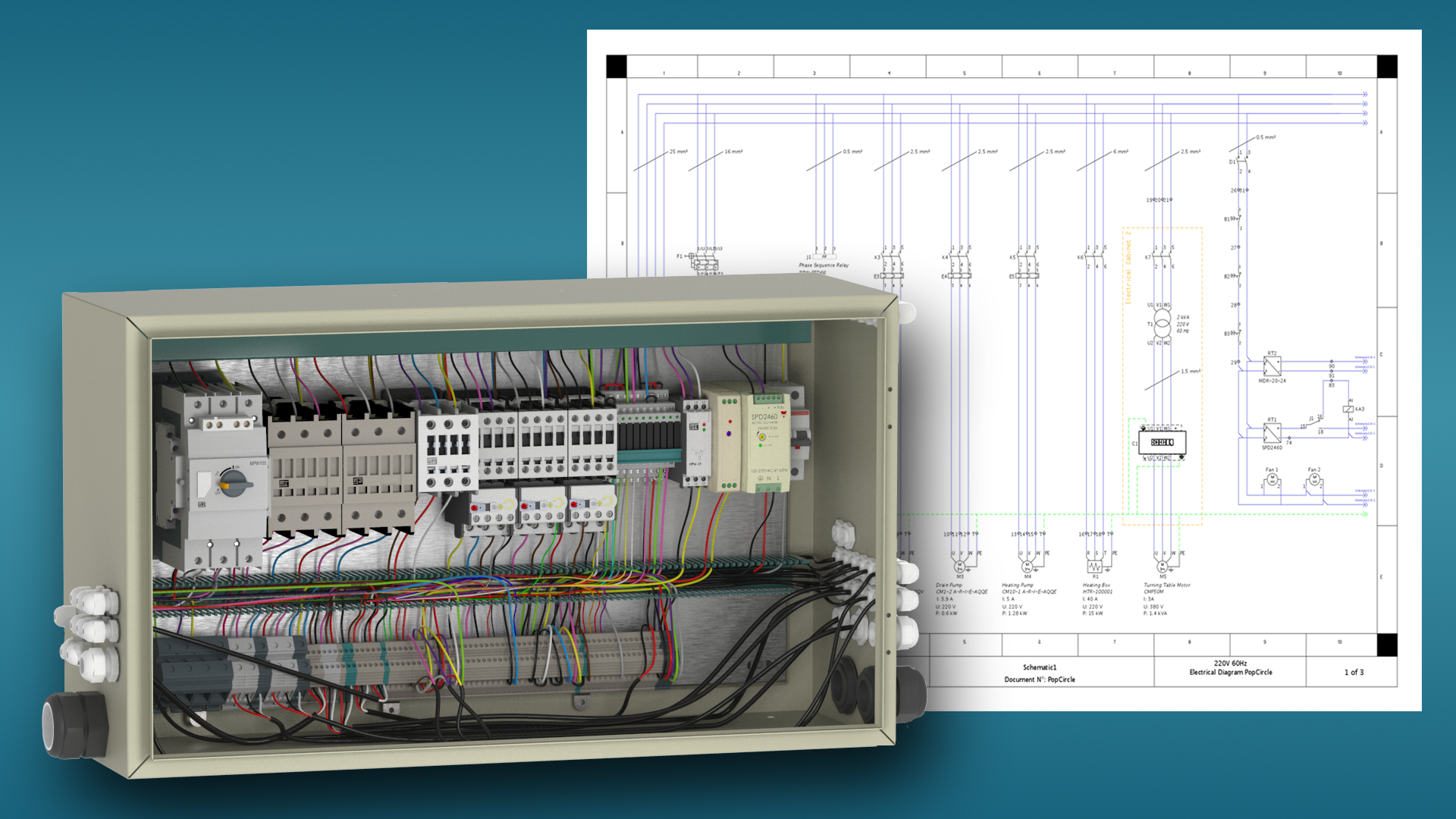Enhancing Industrial Electrical Design for Complex Operations
Enhancing Industrial Electrical Design for Complex Operations
Blog Article
Ingenious Electrical Design Providers for Modern Infrastructure
As urban atmospheres expand progressively intricate, including innovations such as wise grids and sustainable energy resources becomes vital. These advancements not just assure to optimize energy usage however likewise foster durability versus future needs.
Value of Cutting-edge Electric Design
Ingenious electric design plays a crucial duty in contemporary facilities, affecting not only efficiency but likewise sustainability. As cities progress and the need for energy boosts, the requirement for advanced electric systems comes to be extremely important. These systems should not only meet current needs yet likewise expect future development and technical improvements.
A well-executed electric design can dramatically lower energy intake, therefore decreasing functional expenses and decreasing ecological effect. By incorporating renewable resource resources, such as photovoltaic panels and wind turbines, cutting-edge styles can enhance power freedom and resilience. Clever grid technologies enable for real-time monitoring and administration of energy distribution, maximizing efficiency and minimizing waste.
Security is one more crucial aspect of electric design. Executing advanced innovations and strenuous criteria can reduce dangers connected with electric failings, making sure a secure atmosphere for homeowners and services alike. Furthermore, innovative layouts facilitate versatility, permitting frameworks to integrate arising modern technologies flawlessly.
Key Patterns in Electric Design
As the landscape of electrical design proceeds to advance, a number of essential patterns are forming the future of the sector. One substantial pattern is the assimilation of clever technology right into electrical systems. The expansion of the Net of Things (IoT) has enabled real-time tracking and control of electrical tools, boosting efficiency and helping with predictive upkeep.
An additional fad is the expanding focus on modular design. This approach allows for scalable and versatile services, allowing framework to adapt to altering requirements without considerable improvements. Additionally, making use of advanced simulation devices and Building Info Modeling (BIM) is coming to be increasingly common, improving the design procedure and boosting cooperation among stakeholders.
Moreover, advancements in materials scientific research are leading to the growth of lighter, more long lasting, and energy-efficient parts. This technology is specifically crucial for high-performance buildings and infrastructure projects.
Lastly, there is a significant shift towards data-driven decision-making - industrial electrical design. Leveraging information analytics aids designers maximize systems for efficiency and cost-effectiveness. Together, these patterns represent a transformative period in electric design, enhancing capability, sustainability, and durability in modern framework
Sustainable Power Solutions
Sustainable power remedies are progressively becoming a critical emphasis in electric design, mirroring a wider dedication to ecological obligation and resource effectiveness. These options intend to reduce ecological impact while maximizing power usage in numerous frameworks, from property buildings to huge industrial facilities.
One of the primary strategies includes the combination of renewable resource sources, such as solar panels and wind generators, right into electric systems. This read review not only reduces reliance on nonrenewable fuel sources however also boosts power resilience. Furthermore, cutting-edge power storage systems, such as innovative batteries, enable effective administration and distribution of power, ensuring that excess power produced throughout peak production can be utilized throughout high demand periods.
Furthermore, energy-efficient design practices are being embraced to boost total system performance. This consists of making use of energy-efficient lights, heating and cooling systems, and clever building technologies that adapt and keep track of energy use based on tenancy and ecological problems.
Smart Grid Technologies
The application of sustainable energy solutions naturally results in the Recommended Reading exploration of wise grid innovations, which play an essential duty in improving electric systems. Smart grids utilize advanced interaction technologies and information analytics to improve the dependability, performance, and sustainability of electrical power distribution. By integrating digital technology with traditional grid framework, these systems promote real-time surveillance, automated control, and improved decision-making capabilities.
One of the essential attributes of smart grids is their ability to accommodate eco-friendly energy sources, such as solar and wind power. This adaptability not just reduces dependency on fossil fuels but also permits a much more decentralized power production model. Smart grids make it possible for demand reaction programs, where customers can change their energy usage based on real-time pricing, therefore advertising energy preservation and minimizing peak lots demands.
In addition, clever grid innovations improve grid resilience by making it possible for quicker recognition and resolution of blackouts, inevitably lessening downtime. With predictive upkeep and analytics, utilities can enhance procedures and improve solution shipment. As neighborhoods and cities continue to progress, clever grid innovations are crucial for constructing a effective and sustainable electric infrastructure that satisfies the needs of contemporary society.

Future-Proofing Facilities
To ensure lasting feasibility and versatility, future-proofing facilities is important in the rapidly advancing landscape of electrical design solutions. As innovation basics advances and energy demands change, it is vital that electrical systems are created with adaptability in mind. This entails including scalable solutions that can suit future upgrades without demanding comprehensive overhauls.

Furthermore, sustainability has to be a keystone of future-proofed styles. Utilizing sustainable power resources, such as solar and wind, and maximizing energy effectiveness lower dependency on fossil fuels, lining up with international initiatives to fight environment change.
Conclusion
By focusing on flexibility, sustainability, and effectiveness, these services address the progressing demands of energy systems. The integration of wise grid modern technologies and lasting energy solutions boosts resilience and minimizes operational prices.
A well-executed electric design can significantly decrease power usage, thus reducing functional expenses and reducing ecological effect. By including eco-friendly power sources, such as solar panels and wind generators, ingenious designs can enhance energy independence and strength. Additionally, innovative power storage systems, such as innovative batteries, allow reliable monitoring and distribution of power, guaranteeing that excess power produced during height production can be made use of throughout high demand durations.
Smart grids make it possible for demand response programs, where customers can adjust their energy use based on real-time pricing, consequently advertising energy preservation and decreasing peak load needs. (industrial electrical design)
As technology developments and power needs shift, it is important that electric systems are designed with versatility in mind.
Report this page